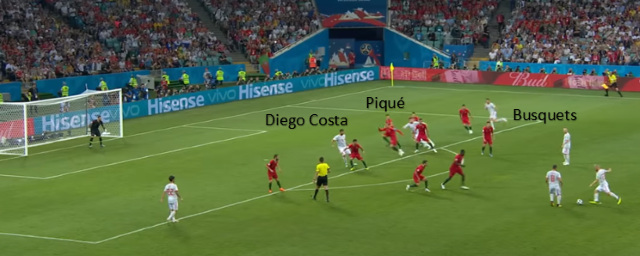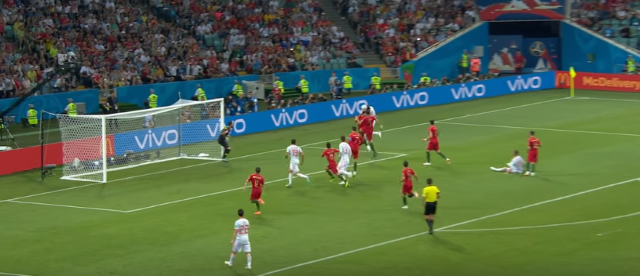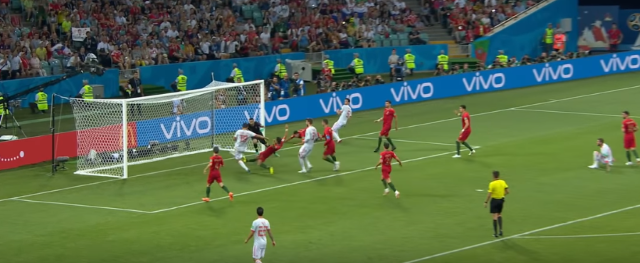By Philip Joe Cauchi
There are various ways in which a team may aim to exploit a dead ball situation from a free kick. The team may agree to strike the ball directly at goal, if the infringement occurred just outside the penalty area and especially if in the team you have players like Cristiano Ronaldo and Lionel Messi, who for them a free kick is like being awarded a penalty. However, for free kicks awarded centrally and away from the penalty area, the team must come with a well-defined plan to exploit the strengths of the team and jeopardise the defensive abilities of the opponents.
With free kicks from a central position, it is almost futile playing directly on the striker as defenders playing at the highest levels of the game will deal with such a situation with ease. Therefore, the team must come with a plan on how it can infiltrate the opposition’s well-organised defensive structure. A perfect example of this was seen in the World cup match from group B played between Portugal and Spain on the 15th of June 2018.
In today’s game one of the main principles applied in the game during the defensive phase is to reduce the space available for the opponents to be able to get a shot on target. As we can see from figure 1 the whole Portuguese team is behind the ball. What Spain did here was to position three players who are great in the aerial duel to attack the far, central and near posts of the goal. These being Sergio Busquets, Gerard Piqué and Diego Costa.

Figure 1 - Busquets initiating his run from the defender's blind side
The free kick initiated by David Silva was played behind the Portuguese defence, on the far post, and in the path of Sergio Busquets. Busquets started his run from his direct opponent’s blind side. This enabled Busquets to make the defender lose track of him.

Figure 2 - Busquets earning time and space to get to the ball first and knock it down in the six yard area
Busquets acted as a link player who knocked the ball down into the six yard area from Costa to score (figure 2). It was wise strategy to use Busquets as a platform to knock the ball to Costa, thus making good use of Busquets’s height and aerial ability. It is imperative to recognise that when the ball was played behind the defence, it put the Portuguese team under intense pressure as they had to turn around and face their own goal. For the defence it is a very uncomfortable situation to defend a ball being played across the face of their own goal. From figure 2, note Diego Costa’s stance and focus on the ball to attack it as soon as it got in front of him.

Figure 3 - Diego Costa hammering the ball home after a well worked out free kick
In the centre of the penalty area we also have a situation in Spain’s favour. Piqué and Costa timing their runs to perfection while outnumbering the central defender 2v1 in the middle (figure 3). It is also important to note the positioning of the last two mentioned players; side by side with Piqué aiming to anticipate the defender and Costa in line with him to bury the ball into the net in case Piqué misses it.
Philip Joe Cauchi works as performance coach in Malta. He holds a UEFA A and a UEFA A Youth Elite coaching licences as well as a B.ed (Hons) in Education with Physical Education and is also a qualified football conditioning coach.


